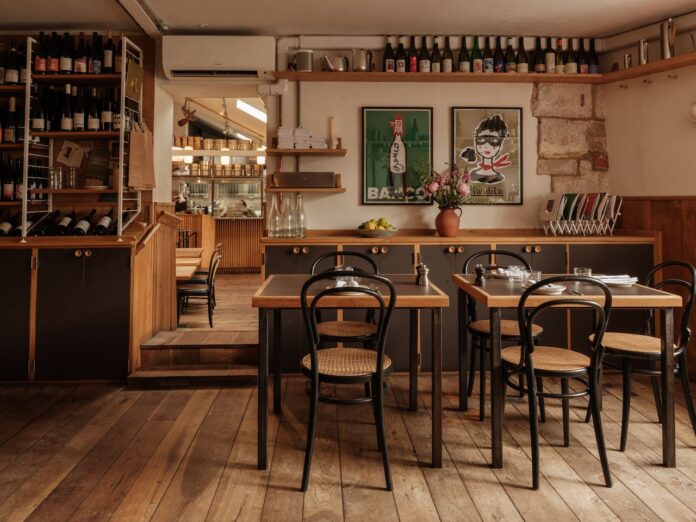After a decade of travel warnings, UK foreign office dissuasion and scare stories, Pakistan has, in recent years, finally emerged as something of a British holidaymaker bucket list destination. About time, we say.
The world’s fifth most populous country with over 220 million residents, in 2018 Pakistan was rated the top destination for intrepid travellers by the British Backpacker Society, who praised the country’s ‘’friendliest and most hospitable people’’ and dramatic scenery.
Influential publication Conde Nast Traveller heaped similar praise on the country in early 2020, ranking Pakistan at number one on their list of the 20 best holiday destinations in 2020.
And as if that wasn’t enough, earlier this year Skyscanner concurred, naming Pakistan’s capital Islamabad as the top trending destination in the UK for summer 2021.
A narrative thread that ran through all of these declarations about the allure of Pakistan was the food. Aromatic, complex, generous and at times life-affirming, if you’re looking to explore this thriving holiday destination via your stomach, then read on; here are 7 dishes to try on your holiday to Pakistan.
GETTING THERE
Firstly, let’s consider just how to get to Pakistan from the UK. There are 3 primary international airports in the country, in the capital Islamabad, as well as one in Lahore and one in Karachi, the latter of which is the largest city and busiest airport. There are ten more international airports in Pakistan, though it’s likely your flight from the UK will be focused on one of those first three we mentioned. Onward internal flights are regular and affordable.
Islamabad is the only airport that currently receives direct flights from the UK. You can book flights to Pakistan from Manchester and London that will get you there directly, taking just under 8 hours and with ticket prices starting from around £600 return.
Otherwise, expect to transit in Doha or Dubai, from where flights to all of Pakistan’s international airports depart.
IDEAL FOR A HEARTY BREAKFAST: NIHARI
We had to start here, at what many believe to be Pakistan’s national dish. It’s especially beloved for breakfast (the name is derived from the Arabic nahaar, meaning morning) so it only feels natural that Nihari begins our list.
Though Nihari is believed to have originated in Old Delhi in the 19th century, it moved with workers from the city, across the border to Karachi, Pakistan, when the country gained independence from India in 1947. Today, this aromatic though surprisingly light beef or mutton stew (spiced keenly and heady from cardamom and cloves) is enjoyed across the country.
Often cooked in huge vessels sealed with dough and taking several hours to complete, a unique element of the cooking process of Nihari is the concept of taar. Similar to the idea of a Chinese master stock, a small portion of the Nihari stew is kept over and reused in the cooking process the next day, with some Karachi restaurants claiming to have taar stretching back decades.
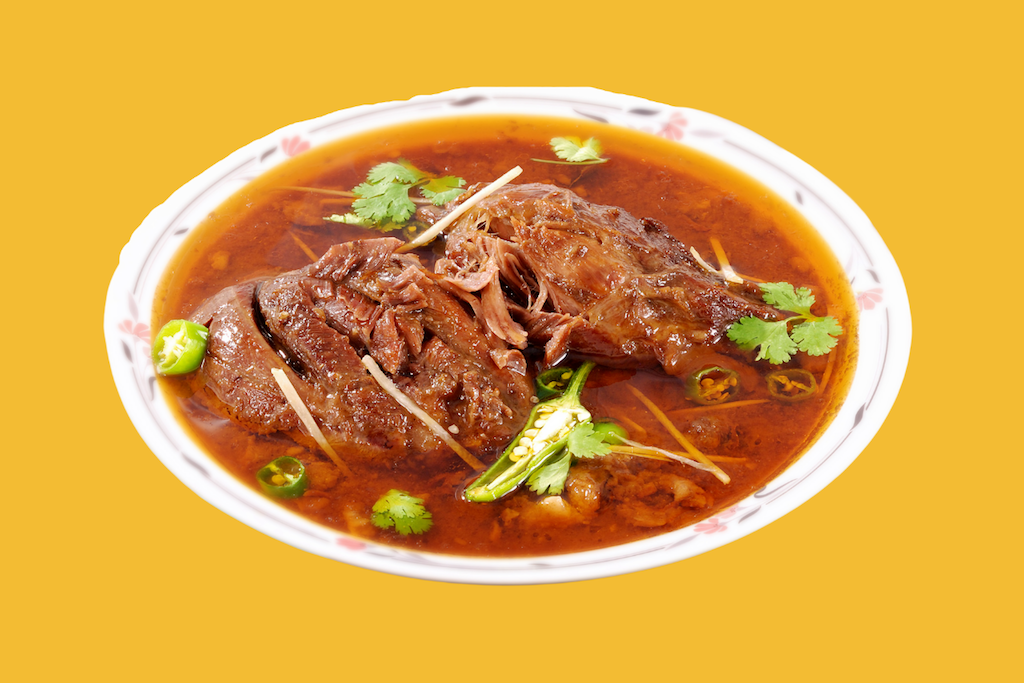
IDEAL FOR A SECOND BREAKFAST: HALWA POORI
In Pakistan, there is always room for a second breakfast, particularly if it’s Halwa Poori, a sweet, utterly delicious treat enjoyed in the morning here. Halwa, not to be confused with the Turkish halva, is a popular dish across the Indian subcontinent, made with fried semolina paste, flavoured with a sugar syrup and topped with chopped pistachios.
This aromatic mix, akin to a dip, is served with fried flatbreads known as poori. The result is something you’ll keep dipping back into until lunch. Halwa Poori is also served at religious festivals, weddings and other special occasions. We just love it.
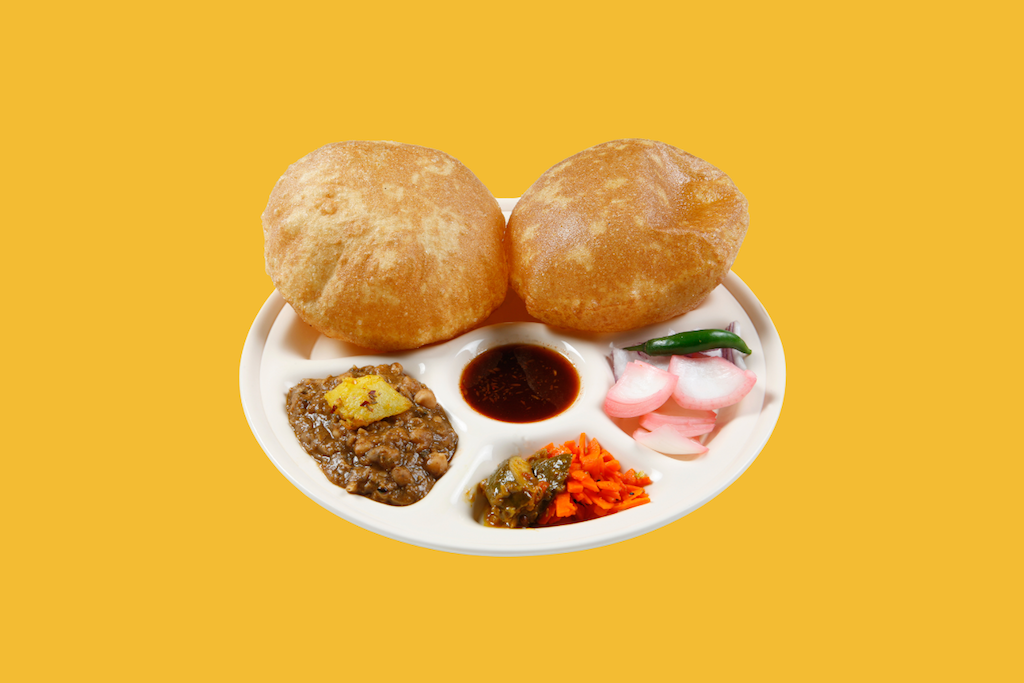
IDEAL FOR A TASTE OF THE NATIONAL DISH: SINDHI BIRYANI
We’re sure you’re already familiar with Biryani, a Muslim dish popular the world over. Well, it holds a very special place on the Pakistani table, too, and after Niahri, it could even stake a claim as being another of the country’s national dishes.
The version most popular in Pakistan is arguably Sindhi Biryani, hailing from the Sindhi province of Pakistan. The dish sees pre-steamed rice layered with a sprinkling of dry spice mix (the usual suspects are turmeric, nutmeg, cumin and cardamom) and peanuts, before the process is repeated, resulting in a cross section-like effect in the final dish. Topped with pre-cooked, shredded chicken and served with a light yoghurt based raita, Biryani is eaten everyday on the streets of Pakistan, but particularly on March 23rd, the country’s national day.
Read: 10 IDEAL tips for cooking with store cupboard spices
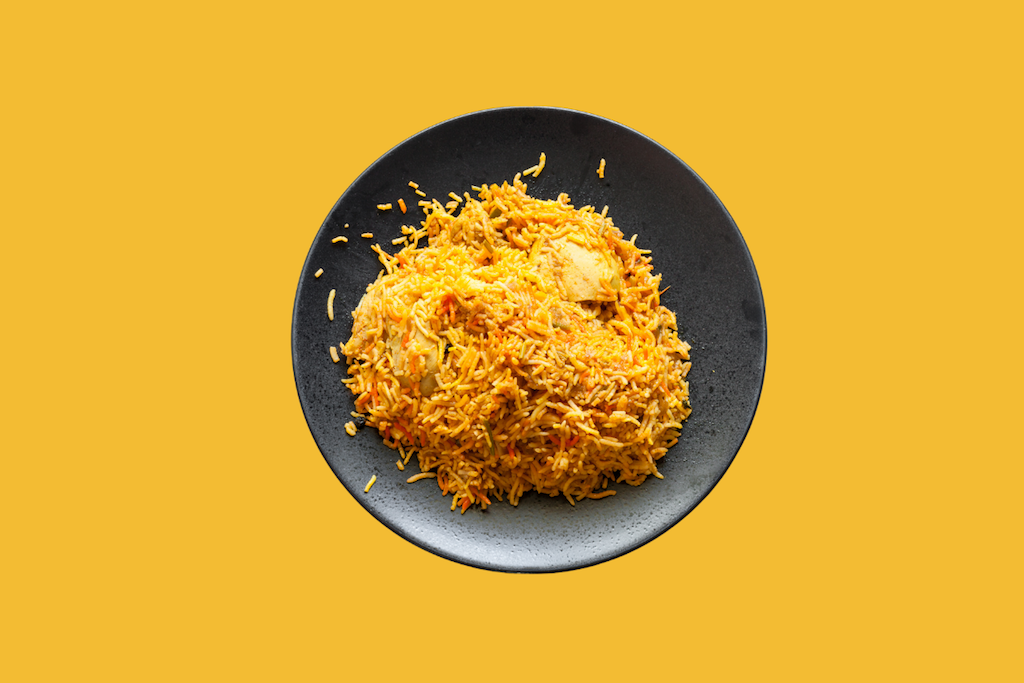
IDEAL FOR STREET FOOD SNACKS: CHAAT
Chaat isn’t just one dish but rather, a wide selection of street food snacks found in Pakistan, designed to be the perfect balance between sweet, salty, spicy and sour. In the major cities of Pakistan, as well as India, Nepal and Bangladesh, chaatwallas serve these snacks, which can be enjoyed as an hors d’oeuvre or, more likely, as a mid morning or mid afternoon pick-me-up.
Though the Chaat family is diverse and distinctive, these delicious snacks are usually based around a fried, starchy base and almost always accompanied by chutneys, the most common being tamarind, mint, and chilli and garlic. Our favourite Chaat includes samosas and panipuri, the latter of which involves breaking open a hollow, spherical deep fried dough and filling it with a mix of potato, chaat masala (a typical dry spice blend) and chickpeas. Enjoy with piquant, spicy chutneys and you’re good to go!
IDEAL FOR SAMPLING THE BEST OF PASHTUN CUISINE: CHAPLI KEBAB
The city of Peshawar, in Pakistan’s Khyber Pakhtunkhwa province close to the border with Afghanistan, is famous for being the home of Pashtun cuisine. Pashtuns are an ethnic group native to Central and South Asia, and the largest ethnic group in Afghanistan, with a remarkably complex cuisine.
One of the most revered Pashtun delicacies is Chapli Kebab, sometimes made from minced beef but more traditionally, from minced mutton. The word Chapli comes from the word chaprikh, meaning ‘flat’ in Pashto, and the kebabs are served flattened and circular, usually alongside freshly grilled naan bread and yoghurt.
Chapli Kebab is defined by its unique additional ingredients, with pomegranate seeds, coriander, mint and plenty of green chillies all entering the patty mix. A distinctive flavour and an incredibly delicious one at that.
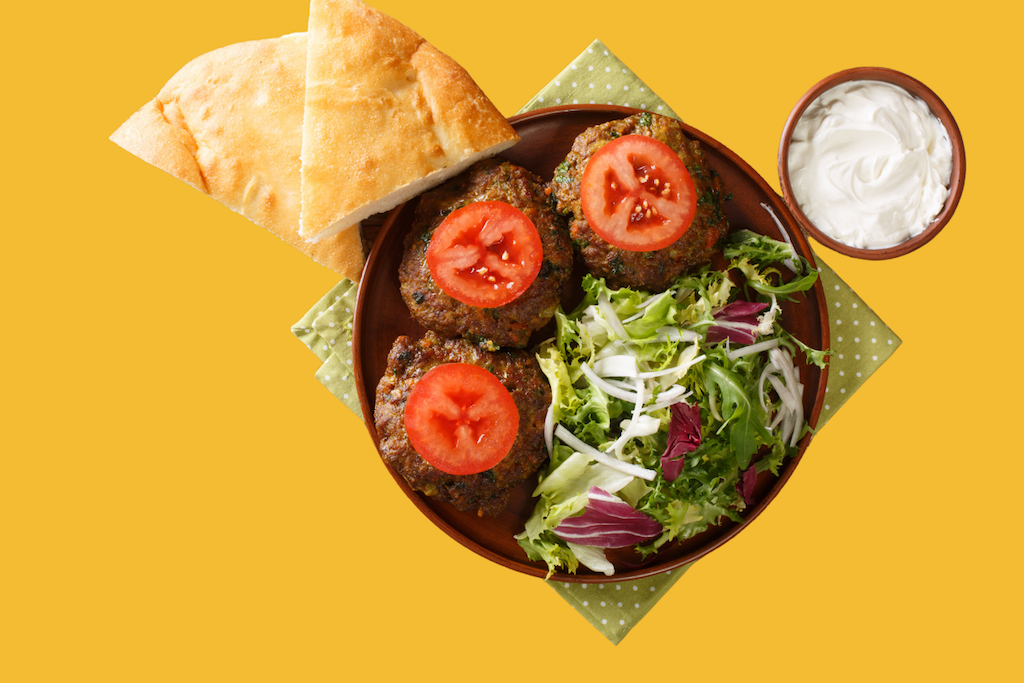
IDEAL FOR A TASTE OF THE SILK ROAD: KABULI PULAO
Kabuli Pulao hails from Kabul, the capital of Afghanistan, and is another beloved dish in the Pashtun canon. Found all over Peshawar city, the dish is similar to biryani in the sense that it’s a rice and aromatic spice based dish, usually topped with braised mutton, but there are also key distinctions between the two.
Rice and dried spices are fried in plenty of oil, and saffron brings the vibrant yellow colour, rather than turmeric. Pulao tends to be a little sweeter, too, with whole cardamom pods and plenty of golden sultanas adding a decadent perfume to the final dish. Look out for the distinctive, huge conical vessels that the dish is served in, or simply follow your nose!
Read: 5 IDEAL tips for foodie finds abroad
IDEAL FOR A UBIQUITOUS, DELICIOUS LUNCH: KARAHI
The famous Pakistani and Indian dish Chicken Karahi (sometimes known as Kadai Chicken) is named after the vessel in which it’s cooked, akin to a steep-sided, two-handled wok.
Nominally a curry, green chillies, garlic, ginger and sometimes onions (though many purists suggest the Pakistani version should not include them) are sauteed in ghee over high heat until lightly golden. Then, pieces of chicken are added and cooked quickly, too (the idea of the dish is that it’s ready to eat in less than half an hour), before tomatoes are reduced in the karahi pot over an open flame until a thick base is formed. Ground coriander and cumin add fragrance.
The final dish shouldn’t be too wet, and the chicken should have taken on a glossy appearance from the sauce. Though you may well have seen Karahi on British curry house menus, you haven’t experienced the dish in all its majesty until you’ve visited Pakistan!


